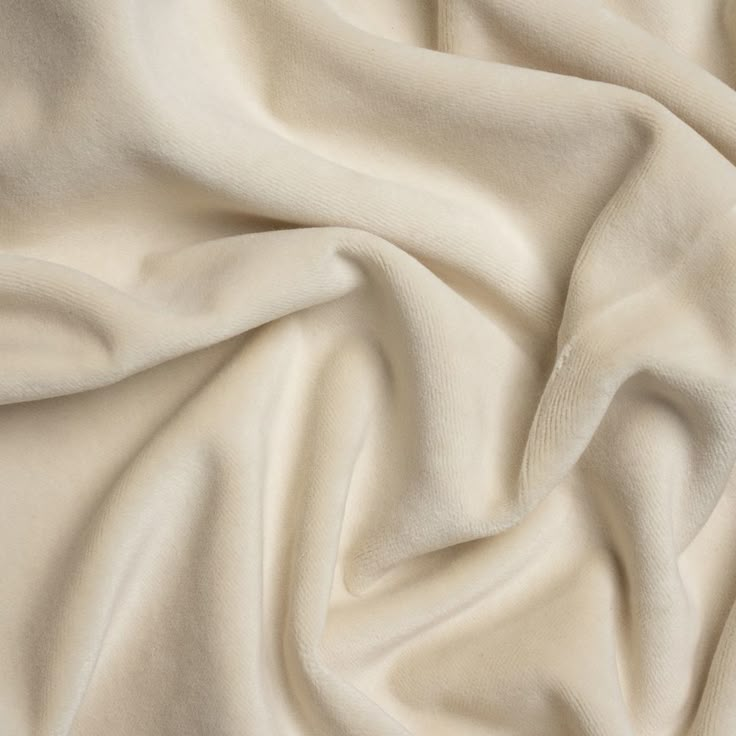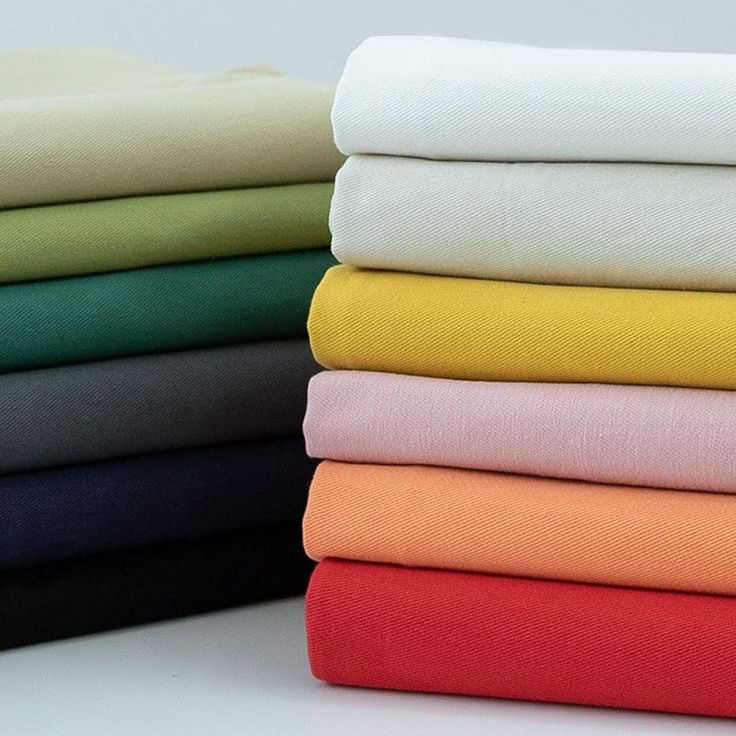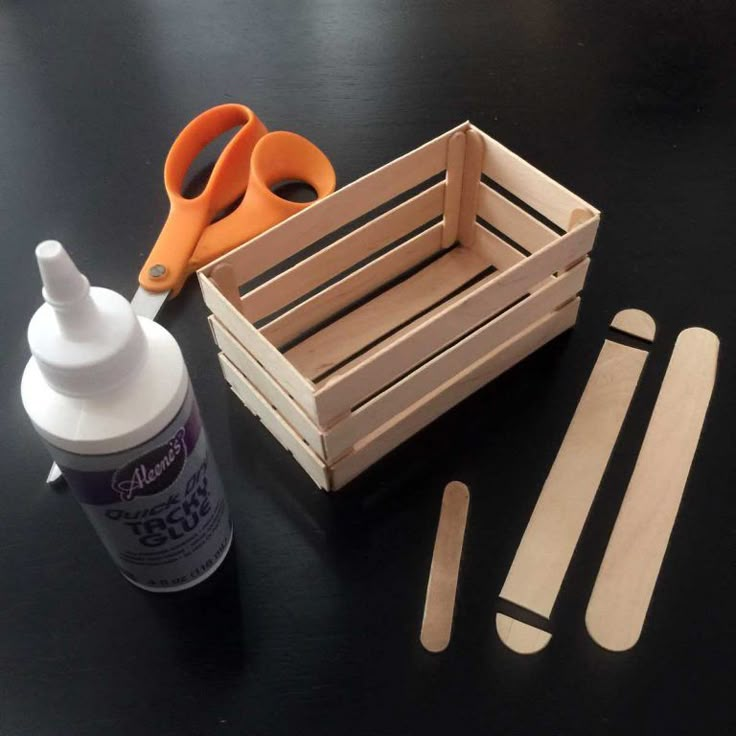Introduction to Seersucker Fabric
Seersucker fabric is widely known for its lightweight, airy texture and unique visual appeal. Its signature puckered stripes distinguish it from other fabrics, creating a charming and casual aesthetic. Often associated with summer wear and laid-back elegance, this fabric holds a rich history and boasts distinctive qualities that make it a favorite for various garments. Whether you choose it for dresses, shirts, or even home linens, seersucker exudes a relaxed sophistication that is hard to miss.
Origins and History of Seersucker
Seersucker began its journey in India during the Mughal period. The name “seersucker” comes from the Persian words “shir o shekar,” which translate to “milk and sugar.” This phrase refers to the fabric’s contrasting smooth and puckered textures, which evoke a delightful sensory experience. Over time, British colonizers introduced seersucker to Europe, where its popularity began to grow. By the early 20th century, seersucker solidified its status as a staple for warm-weather clothing, especially in the southern United States. It became synonymous with leisure and comfort, capturing the essence of summer fashion.
What Makes Seersucker Unique?
The uniqueness of seersucker fabric lies primarily in its puckered texture. This distinct characteristic is achieved during the weaving process, where alternating tight and loose threads create the crinkled effect that seersucker is famous for. This special texture not only enhances the aesthetic appeal of the fabric but also increases airflow, making it incredibly breathable. As a result, seersucker is an ideal choice for hot climates and summertime attire. Furthermore, one of the standout benefits of seersucker is that it requires minimal maintenance. The wrinkled texture is intentional, meaning that seersucker garments do not typically need ironing. This quality adds to the convenience of seersucker, making it an attractive option for those seeking both style and ease in their wardrobe.
Overall, seersucker fabric represents a perfect blend of history, craftsmanship, and modern practicality. Whether adorned on a summer dress or a tailored suit, its timeless charm continues to captivate fashion enthusiasts around the world.
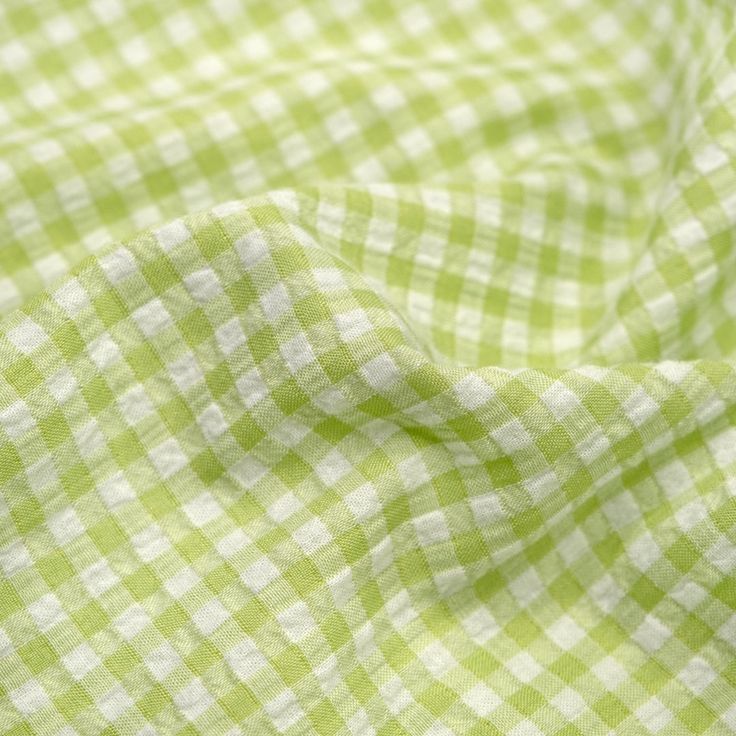
How Seersucker Fabric Is Made
Seersucker fabric is produced through a specialized weaving technique that gives it its iconic crinkled texture. This method not only creates the unique aesthetic but also ensures the fabric remains lightweight and comfortable. The manufacturing process requires careful material selection and expertise in thread arrangements to achieve the desired effect.
Composition and Weaving Techniques
Seersucker fabric is most commonly made from cotton. However, blends with polyester have also gained popularity in recent years. Cotton enhances the natural breathability of the fabric, allowing air to circulate easily. On the other hand, polyester adds durability, making the fabric more resilient to wear and tear.
The distinctive texture of seersucker is achieved during the weaving process. Weavers employ alternating tight and loose thread tension to craft sections that are both puckered and flat. Specifically, warp threads are pulled tight in certain areas while left slack in others. This creates the signature crinkles that characterize seersucker, resulting in a fabric where some stripes lie flat while others are slightly raised.
This innovative technique does not require chemical treatments, making seersucker an environmentally friendly fabric choice. The weaving process itself ensures durability, negating the need for additional finishing and enhancing the overall quality of the material.
Characteristics of the Puckered Texture
The puckered texture is seersucker’s defining feature and serves multiple functional purposes. It keeps the fabric from clinging to the skin, promoting airflow and comfort. This designed texture enhances breathability and reduces heat retention, making it ideal for warm-weather clothing.
Moreover, the crinkles grant seersucker a low-maintenance appeal. The texture effectively hides wrinkles, eliminating the need for ironing. The raised areas also contribute to the fabric’s unique aesthetic, making garments visually appealing and relaxed in style. This combination of comfort and versatility makes seersucker a favorite choice for both fashion and home textiles.
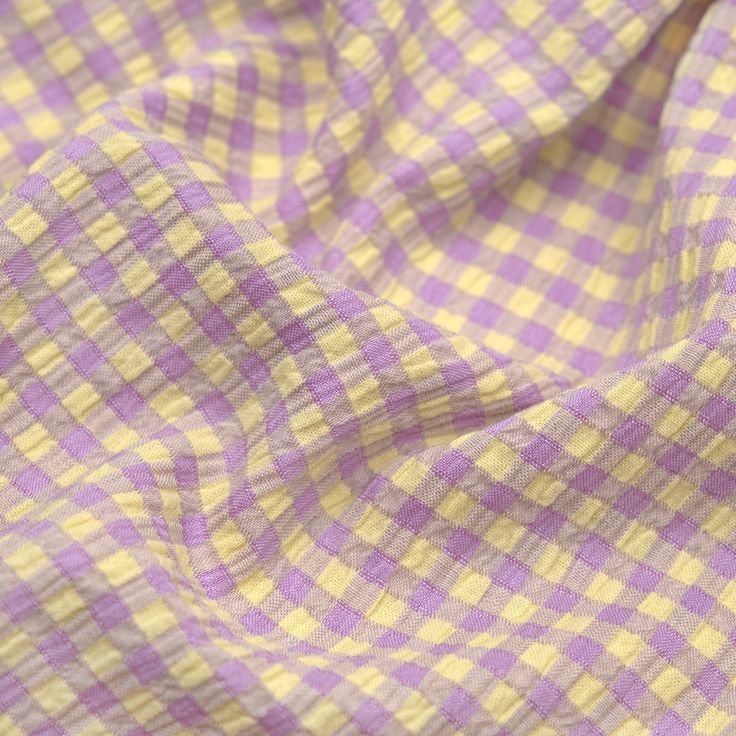
Properties of Seersucker Fabric
Seersucker fabric is highly valued for its unique texture and practical qualities. Its innovative design offers an impressive combination of comfort, breathability, and durability. These characteristics make it suitable for a wide range of applications, from casual summer clothing to home textiles.
Breathability and Comfort
One of the standout features of seersucker fabric is its breathability. The puckered texture creates small airflow pockets that prevent the fabric from clinging to the skin. This design enhances ventilation, effectively keeping you cool even in hot weather. The lightweight nature of seersucker also contributes significantly to its comfort. Feeling soft and airy against the skin, it is perfect for summer wear.
Moreover, the fabric’s texture minimizes sweat accumulation and reduces heat retention. This quality makes seersucker especially ideal for outdoor clothing, where comfort and breathability are paramount. Wearing garments made from this fabric allows you to enjoy summer activities without discomfort or overheating.
Durability and Low Maintenance
Seersucker fabric is not just about comfort; it also offers remarkable durability, especially when made with cotton-polyester blends. Cotton lends strength and breathability, while polyester boosts resilience and reduces wear over time. The material can withstand frequent use and washing without losing its shape or texture.
Another significant advantage of seersucker is its low-maintenance nature. The crinkled texture resists wrinkling, making ironing unnecessary. Seersucker garments maintain their appearance after washing, providing added convenience for busy individuals. The fabric’s innovative structure helps prevent damage, even in challenging conditions.
These outstanding properties make seersucker fabric practical, reliable, and easy to care for. Such qualities enhance its usability for both clothing and home textiles, ensuring it remains a popular choice in various applications.
Common Uses of Puckered Fabric
Seersucker fabric is popular for its versatility. Its qualities make it suitable for various uses.
Clothing Applications: Suits, Dresses, and Casual Wear
Seersucker is widely used in fashion. It is perfect for summer suits due to its lightweight design. The fabric’s breathable texture keeps you comfortable during warm weather.
Dresses made from seersucker have a relaxed, elegant vibe. They are ideal for casual and outdoor occasions. Skirts and blouses also benefit from the fabric’s unique look and airy feel.
Casual wear like shorts and shirts often feature seersucker. This fabric works well for active lifestyles. Its ability to wick sweat adds to its appeal for everyday clothing.
Home Textile Uses: Curtains, Bedding, and More
Seersucker excels in home textiles, too. Curtains made from seersucker add charm to any room. The crinkled texture creates a soft, inviting look.
Bedding and pillowcases use seersucker for its comfort and unique aesthetic. It provides a cool and breathable surface for restful sleep.
Tablecloths, napkins, and kitchen decor are other common applications. Seersucker’s durability and low maintenance make it great for everyday use. Its versatility ensures it fits well in both modern and vintage home themes.

Advantages and Disadvantages of Seersucker
Seersucker fabric offers a variety of benefits, making it a popular choice for many applications. However, it also comes with some drawbacks that are important to consider. Understanding both the advantages and disadvantages can help you make informed decisions when choosing this fabric for your clothing or home textiles.
Key Benefits of Choosing Seersucker
- Lightweight and Breathable: Seersucker’s unique puckered texture promotes airflow. This feature ensures that wearers stay cool, especially in hot weather.
- No Need for Ironing: One of the standout qualities of seersucker is its crinkled design. This texture effectively conceals wrinkles, allowing you to invest minimal effort in upkeep.
- Durable: Seersucker is often made from cotton-polyester blends. This combination enhances the fabric’s strength and resilience, allowing it to endure frequent washing and daily wear without losing its quality.
- Comfortable: Softness is a hallmark of seersucker fabric. Its airy feel makes it comfortable to wear, making it an ideal choice for casual outings or relaxed summer clothing.
- Versatile: Seersucker is not limited to just one type of garment. This fabric is suitable for a wide range of applications, from stylish suits and elegant dresses to cozy bedding. Its versatility makes it a valuable addition to any wardrobe or home décor collection.
Potential Drawbacks to Consider
- Limited Seasonal Use: Seersucker is primarily designed for warmer weather. Its lightweight nature makes it less suitable for colder months when thicker fabrics are necessary for warmth.
- Texture Preferences: The unique puckered texture of seersucker may not be pleasing to everyone. Some individuals might find it uncomfortable or less appealing to touch, which could influence their choice.
- Print Limitations: The crinkled surface of seersucker can pose challenges for certain designs. Intricate patterns or detailed prints may not translate well on this textured fabric, limiting design options.
- Care Requirements: While seersucker is durable, proper care is essential. Improper washing techniques can affect the fabric’s appearance over time. It’s important to follow care instructions to maintain its quality and look.
In conclusion, being aware of both the benefits and drawbacks of seersucker can help you make an informed choice. This understanding will enable you to determine whether seersucker aligns with your style preferences and practical needs.
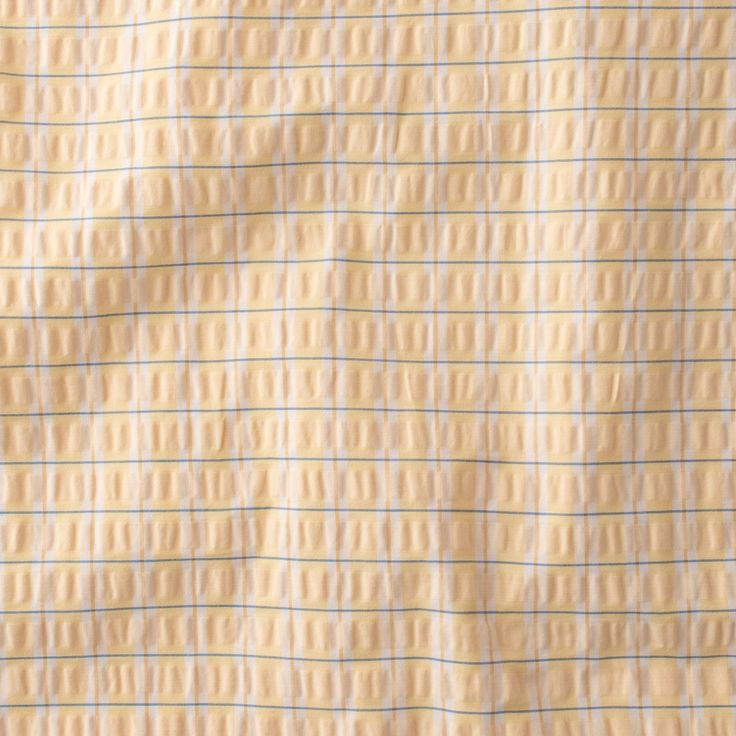
Tips for Caring for Puckered Fabric
Proper care keeps seersucker fabric looking fresh and lasting longer. Follow these simple tips for maintenance.
Washing and Drying Guidelines
- Use Cold Water: When washing seersucker, always choose cold water. This helps prevent shrinkage and protects the fabric from potential damage.
- Gentle Cycle: Set your washing machine to a gentle cycle. This option safeguards the unique puckered texture of the fabric, ensuring it maintains its shape.
- Mild Detergent: Opt for mild detergents when cleaning your seersucker items. Harsh chemicals can cause wear and fading, diminishing the vibrant colors and quality over time.
- Avoid Bleach: Stay away from bleach when caring for seersucker. Bleach can weaken the threads and damage its distinctive texture, compromising both appearance and durability.
- Air Dry: After washing, dry your seersucker garments by laying them flat or hanging them to dry. Avoid using a dryer or high heat, as this can lead to shrinkage or fabric distortion.
- Low Heat for Ironing: If ironing is necessary, use a low heat setting. Lightly iron only the areas that need smoothing while being careful to maintain the fabric’s characteristic crinkles.
Storage and Maintenance Tips
- Store in Cool Places: It’s important to keep seersucker fabric in a cool, dry area. This will help prevent moisture damage and mildew, which can ruin the quality of the fabric.
- Avoid Overcrowding: When storing your garments or textiles, ensure they are not overcrowded. This practice helps prevent excessive wrinkling and maintains the fabric’s appearance.
- Fold Carefully: Always fold seersucker along its existing stripes or crinkles. This method preserves the fabric’s unique texture, allowing it to last longer without losing its shape.
- Protect from Direct Sunlight: Avoid exposing seersucker items to prolonged sunlight. Extended exposure can fade the colors and weaken the fibers, thus compromising the fabric’s integrity.
- Use Fabric Bags: For added protection, consider storing seersucker in breathable fabric bags. This helps maintain airflow while keeping dust and dirt away from the material.
- Wash Regularly: Make a habit of cleaning seersucker items frequently, especially during hot weather. Regular washing helps maintain freshness and hygiene, ensuring your fabric looks and feels its best.
By adhering to these tips, your seersucker fabric will remain in excellent condition, promising long-lasting comfort and style.
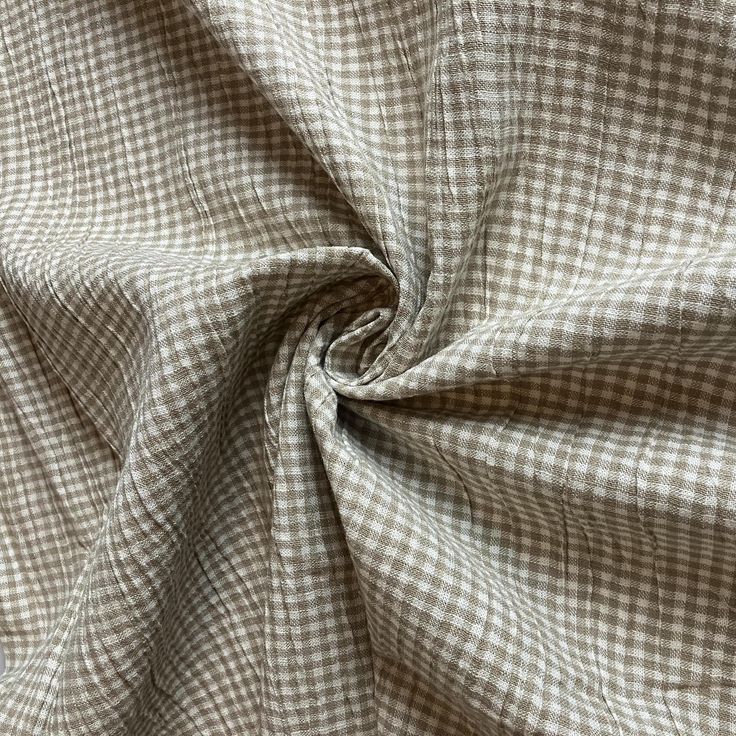
Conclusion
Seersucker fabric remains a beloved choice for many due to its unique and attractive properties. Its lightweight nature and breathable texture make it especially suitable for hot weather, allowing wearers to stay cool and comfortable. The distinctive puckered design not only enhances its aesthetic appeal but also provides practical benefits, such as minimizing the need for ironing. This feature makes seersucker incredibly convenient for those with busy lifestyles.
Furthermore, seersucker is highly versatile, making it suitable for a range of applications, from summer clothing to home textiles and even formal wear. Its durability guarantees long-term use, especially when crafted from cotton-polyester blends. This resilience allows seersucker to withstand frequent washing while preserving its iconic crinkled appearance. The fabric seamlessly combines style and functionality, making it an ideal choice for individuals who value comfort without sacrificing elegance. Despite some seasonal limitations, seersucker continues to hold enduring appeal and offers broad usability. Whether for casual outfits or sophisticated home décor, seersucker remains a reliable and stylish option.
